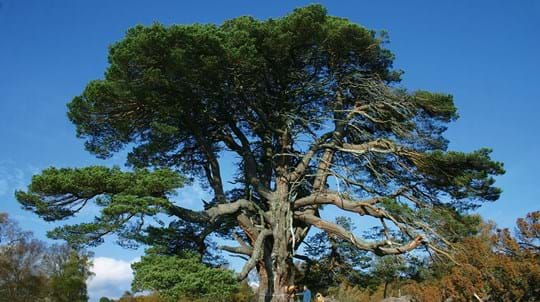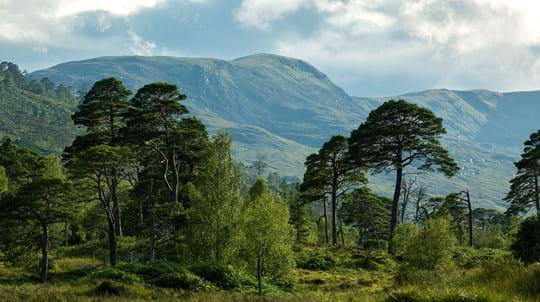
Credit: Kieth Burdett / Alamy Stock Photo
What happens to the tree?
The fungus forms small, black fruiting bodies on the needles. The fruit releases spores that land on another host tree. They then germinate on the needle surface and grow through the stoma, damaging the needle, discolouring it and causing it to drop.
Serious infections impact the tree’s ability to photosynthesise.





